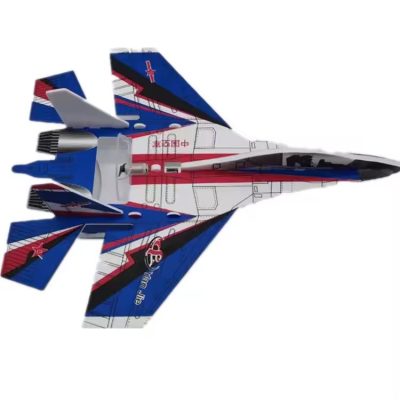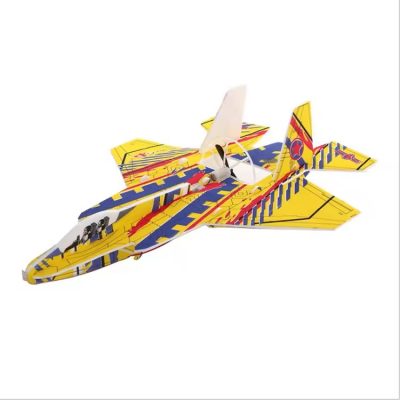Introduction
RC airplanes have come a long way since their inception, evolving from simple models to sophisticated machines equipped with advanced technology. This evolution has transformed the hobby, offering enthusiasts a wide range of options and capabilities. In this blog post, we’ll explore the evolution of RC airplanes, highlighting key advancements and how they have impacted the hobby.
1. Early Beginnings
The origins of RC airplanes date back to the early 20th century:
- Simple Control Systems: The earliest RC airplanes used basic control systems with limited functionality. Pilots could only manage rudimentary maneuvers like turning and maintaining altitude.
- Gas Engines: Early models were powered by small gas engines, which provided the necessary thrust for flight but were noisy and required significant maintenance.
- Manual Construction: Hobbyists often built their RC airplanes from scratch, using materials like balsa wood and fabric. This hands-on approach required a deep understanding of aerodynamics and craftsmanship.
2. Introduction of Electric Power
The introduction of electric power revolutionized the RC airplane hobby:
- Electric Motors: Electric motors replaced gas engines, offering quieter and more reliable operation. This change made RC airplanes more accessible to beginners and reduced the need for extensive maintenance.
- Rechargeable Batteries: The development of rechargeable batteries, particularly lithium polymer (LiPo) batteries, extended flight times and improved overall performance. These batteries are lightweight and provide high energy density.
- Pre-Built Kits: Manufacturers began offering pre-built kits and ready-to-fly (RTF) models, simplifying the process for new enthusiasts. This shift allowed more people to enter the hobby without extensive building skills.
3. Advanced Electronics and Control Systems
The advancement of electronics significantly enhanced the capabilities of RC airplanes:
- 2.4 GHz Radio Systems: Modern RC airplanes use 2.4 GHz radio systems, which provide reliable, interference-free communication between the transmitter and receiver. These systems offer greater range and more precise control.
- Gyro Stabilization: Gyro stabilization technology helps maintain stable flight by automatically adjusting control surfaces in response to external forces. This feature makes flying easier, especially for beginners.
- Telemetry: Telemetry systems provide real-time data on various parameters, such as battery voltage, altitude, and airspeed. Pilots can monitor this information to make informed decisions during flight.
4. Integration of GPS and Autopilot
GPS and autopilot systems have brought a new level of sophistication to RC airplanes:
- GPS Navigation: GPS-enabled RC airplanes can follow pre-programmed flight paths and return to a designated home point. This technology enhances flight precision and reduces the risk of losing the aircraft.
- Autopilot Systems: Autopilot systems allow pilots to focus on capturing aerial footage or performing complex maneuvers without worrying about maintaining basic flight control. These systems can handle tasks like altitude hold and waypoint navigation.
5. Emergence of FPV and Drones
First-person view (FPV) and drones have expanded the horizons of the RC airplane hobby:
- FPV Technology: FPV systems provide a live video feed from the airplane’s perspective, allowing pilots to experience flight as if they were onboard. This immersive experience has become popular for both recreational and competitive flying.
- Drones: The rise of drones has introduced new possibilities for aerial photography, racing, and exploration. While distinct from traditional RC airplanes, drones share many technological advancements and have broadened the appeal of remote-controlled flight.
Conclusion
The evolution of RC airplanes has transformed the hobby, making it more accessible, enjoyable, and technologically advanced. From the early days of basic control systems and gas engines to the modern era of electric power, advanced electronics, and GPS integration, each advancement has brought new opportunities and capabilities. As technology continues to evolve, the future of RC airplanes promises even more exciting developments, further enhancing the experience for enthusiasts around the world.








